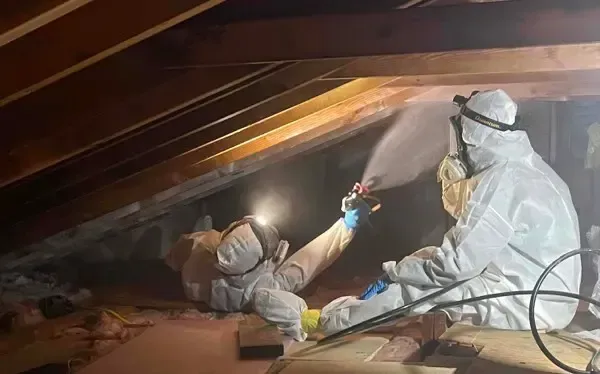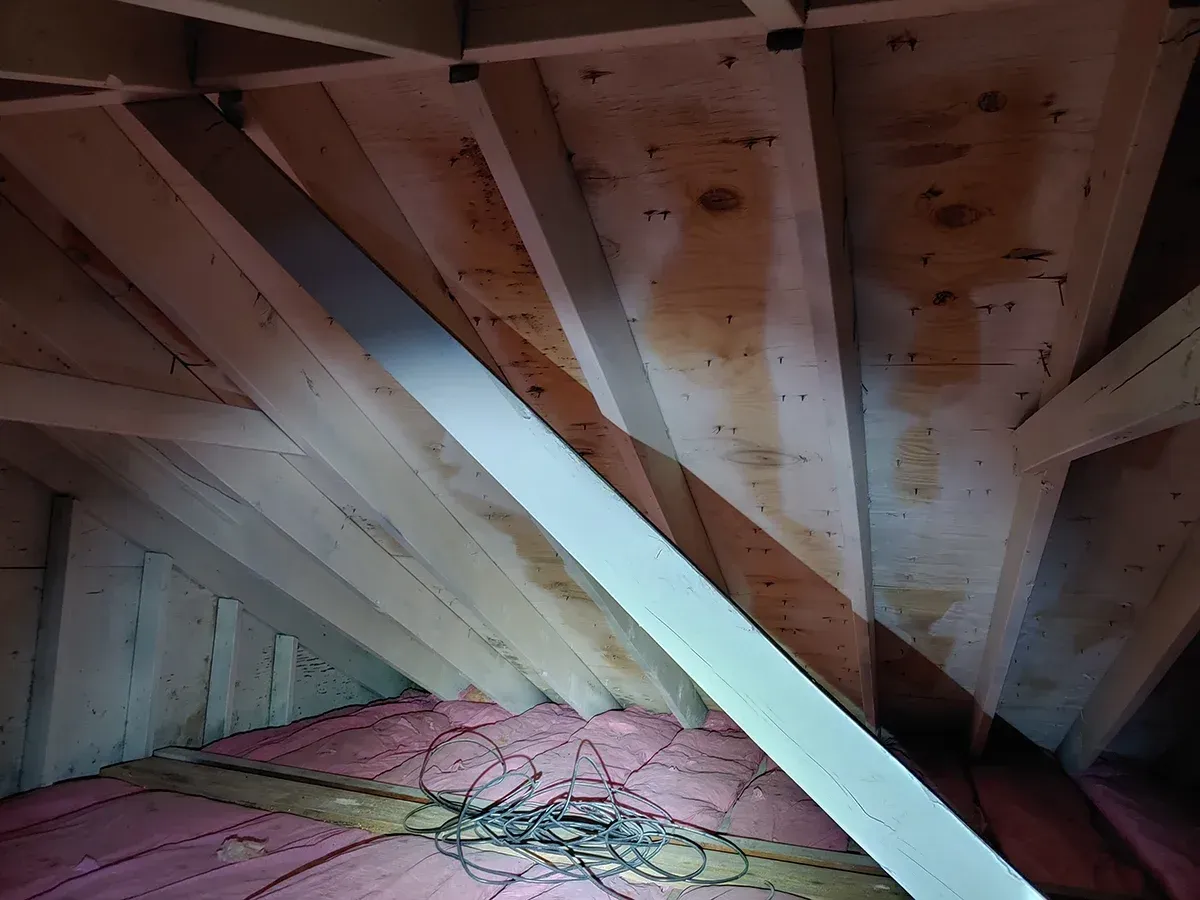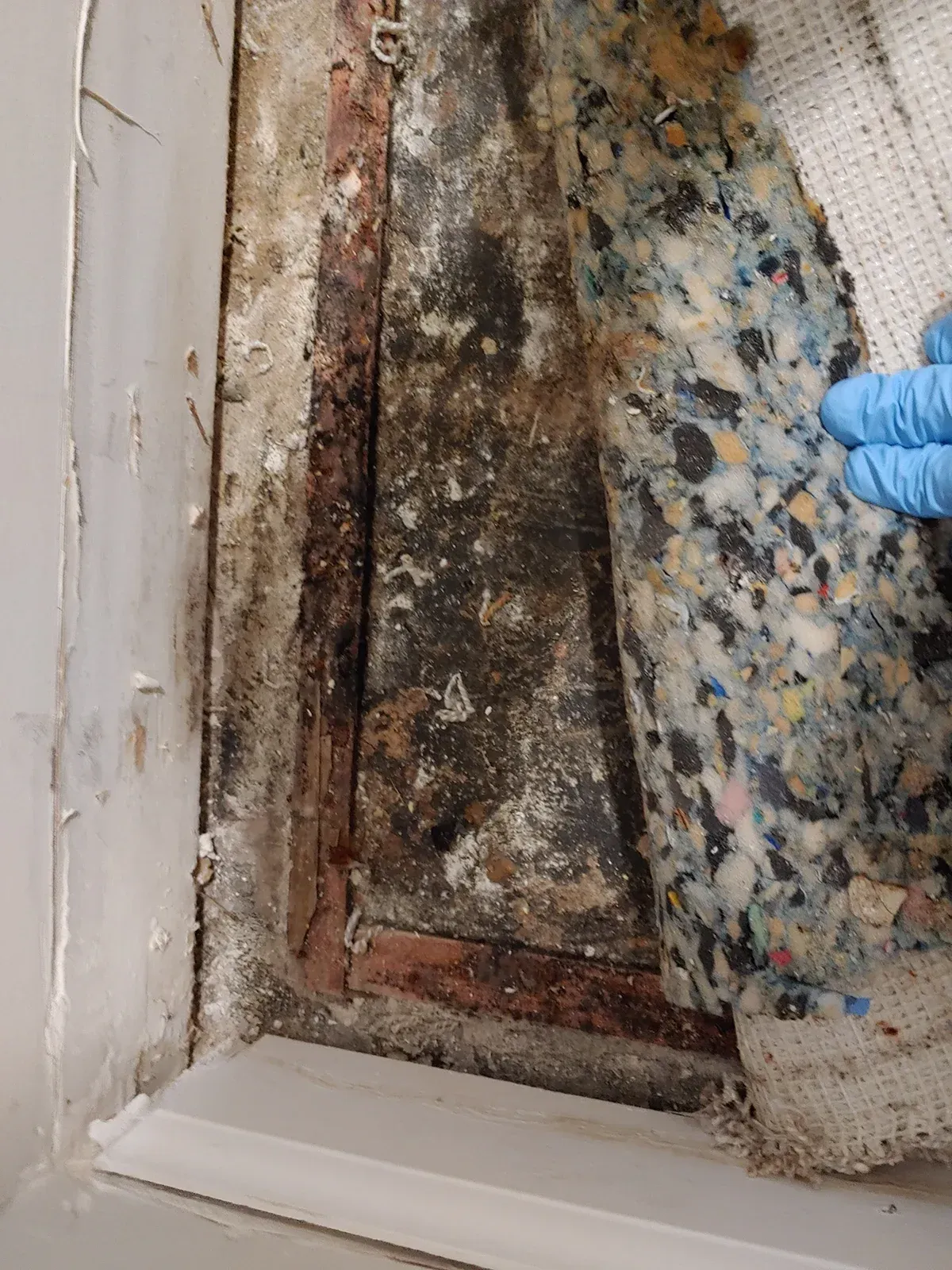The Hidden Dangers of DIY Mold Remediation in Myrtle Beach: An Expert's Perspective

The Perils of Spreading Mold
Homeowners must realize that improper techniques can spread mold spores when cleaning mold. These microscopic spores can quickly become airborne and contaminate other house areas when disturbed. This is especially problematic in central air systems, where spores circulate throughout the home. Professional mold remediation Myrtle Beach SC teams use containment strategies, such as negative air chambers and physical barriers, to isolate the affected area and prevent cross-contamination.
Understanding Mold Stains: More Than Meets the Eye
Mold staining is often misunderstood. While it's true that not all discoloration is mold, any sign of staining should be taken seriously. Stains usually indicate an underlying mold problem, which, like an iceberg, is mostly hidden. Mold thrives in moist, dark environments, making internal wall cavities and other unseen areas prime locations for growth. By the time staining appears, the mold has often been growing unchecked for a significant period.
Hidden Mold: A Silent Invader
Mold behind walls represents one of the most significant challenges in mold remediation. This hidden mold is difficult to detect and can cause structural damage over time. Professionals use advanced tools to detect mold in these hidden spaces. These tools allow specialists to assess the extent of the infestation without unnecessary demolition, a tactic often employed in DIY attempts that can exacerbate the issue.
Equipment: The Professional Advantage
The effectiveness of mold remediation is heavily dependent on the equipment used. Homeowners typically lack access to "true" HEPA vacuums and air scrubbers, essential for capturing and removing mold spores. Additionally, professional-grade antifungal and antimicrobial treatments are more effective than over-the-counter solutions, ensuring a more thorough mold eradication.
Navigating Attics and Crawl Spaces Safely
Attics and crawl spaces are notoriously complex and hazardous to treat for mold. These areas often have limited access and poor ventilation and can be cramped, making them dangerous for untrained individuals. Professionals use the right safety gear and have the expertise to navigate these spaces safely. They also understand how to effectively treat mold in these areas, which often have different environmental conditions than the rest of the house.
Tailored Remediation for Different Surfaces
Different materials require different mold remediation approaches. For instance, the porous nature of wood allows mold to penetrate deeply, necessitating a different treatment approach compared to non-porous surfaces like concrete. Understanding how mold interacts with various materials is crucial for effective remediation. Professional mold specialists have the knowledge and experience to select the appropriate methods and treatments for each unique situation.
The Speed of Mold Growth: A Time-Sensitive Issue
Many people are unaware of how quickly some molds can grow and spread. Certain types can start to colonize within 48 hours under the right conditions, while others may take longer. This rapid growth can turn a small mold problem into a major infestation in a short amount of time. Quick and effective professional intervention is critical to prevent the spread and minimize damage.
The Best Mold Remediation Myrtle Beach Has to Offer
We are trained, certified, and licensed to tackle all mold problems (big or small). Our specialized services from Myrtle Beach to North Myrtle Beach guarantee mold free services up to 5 years after service. Don't waste another day worrying about mold and mold sickness: that is no way to live. Remember, cleaning mold is a serious business that should always be handled with expert care and the right equipment.



